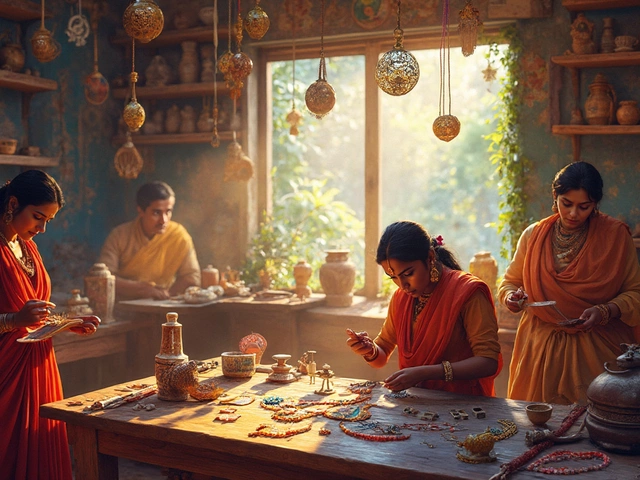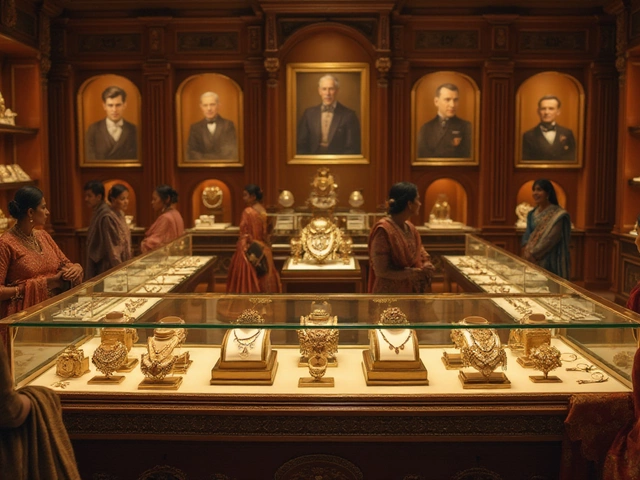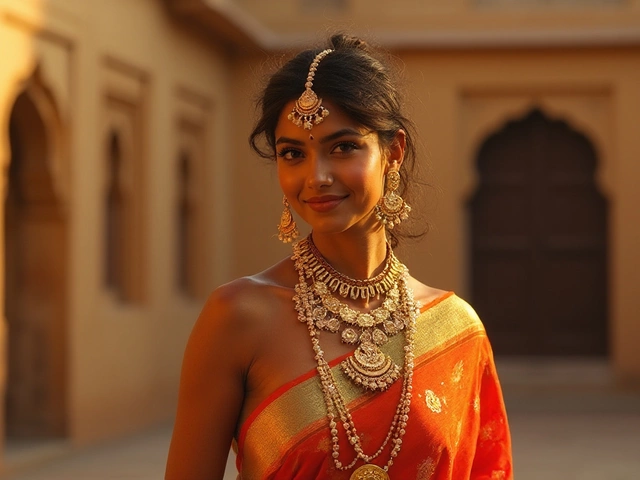
Barely bigger than a dot, yet packed with stories—you’d be surprised how much power a nose pin holds. Why do millions around the world wear one? Is it all just about looks? Actually, nose pins have been loaded with meaning for centuries. This isn’t just a trendy accessory. From ancient rituals to Bollywood billboards, there’s a lot going on behind that little shimmer.
Origins and Deep Meaning of the Nose Pin
Picture India in the 16th century. The Mughal emperors arrive, and soon after, so does the nose pin. This tiny piece found its way across India, but interestingly, not everyone wore it for the same reasons. In many parts of South Asia and the Middle East, nose pins were more than jewelry. They whispered secrets about a woman’s heritage, her marital status, even her family’s status. In rural India, especially among married Hindu women, a nose pin—called a nath—signals “I’m taken.”
But there’s more. Some believe wearing a nose pin on the left nostril eases childbirth and period pain, linking back to Ayurveda, India’s ancient health system. That left nostril is tied to reproductive health, according to old beliefs. If you’re thinking this sounds mystical, ask any Indian mom or grandma and watch her nod with certainty. Today’s science might shrug, but for generations, this idea shaped customs from Punjab to Tamil Nadu.
Even the location and style of your nose pin can tell a story. In some cultures, gold nose pins mean wealth and family pride. Silver hints at subtlety and purity. A heavy, elaborate ring—think bridal nose chains in Rajasthan—shows off family tradition and celebrations. Meanwhile, a simple stud is often for daily wear or for girls coming of age. Each region spins its unique symbolism, almost like a family of secret languages made of metal, stone, and shape.
Nose pins also held legal and social weight. In some communities, widows had to take out their nose pins, while young, unmarried girls wore theirs to signal their status. In Pakistan, the nath is a wedding must-have, a bold expression that takes center stage during the bridal look. You’ll spot a similar story in Nepal and Bangladesh too.
Of course, tradition isn’t the only reason. Rebel artists, hippies, and subcultures around the globe picked up nose rings to say, “I’m different.” In the U.S. and Europe, a nose pin became a sign of rebellion in the late 20th century—partly inspired by Indian pop icons and partly by punk rock. Fast-forward a few years, and everyone from your yoga instructor to Rihanna rocks one. The message might change, but the impact? Still huge.
"Jewelry has the power to be the one little thing that makes you feel unique." — Elizabeth Taylor
So, whether it’s worn beautifully by a bride in Delhi or as a subversive style move in Brooklyn, the nose pin carries a unique blend of meaning everywhere it appears.
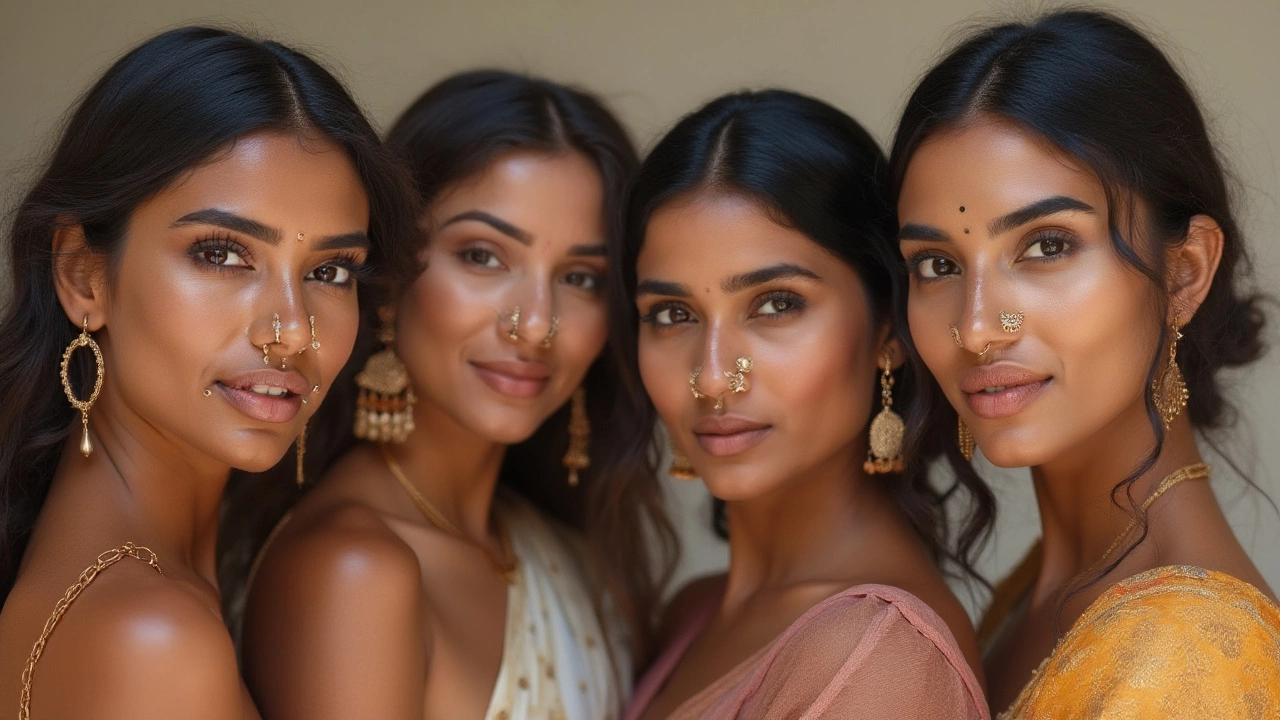
Modernity Meets Tradition: Nose Pins in Today’s World
Scroll through Instagram or TikTok and you’ll see nose pins exploding in popularity, far beyond the borders of South Asia. Here’s where things get juicy—because the old symbolism is getting a makeover. In India and its diaspora, even as traditions hold strong, there’s a new push for personal expression. Now, that same left nostril stud might mean “I love this look” more than “I’m married.”
Take, for instance, the Bollywood effect. Actresses like Deepika Padukone or Priyanka Chopra step onto the red carpet with stunning nose rings, and suddenly the world wants one. It starts as a trend, but quickly people want to know the backstory. What does it mean? Can I wear one if I’m not South Asian? There’s a lot of curiosity—and sometimes confusion—about cultural respect versus appreciation.
For young people, especially those in the Indian diaspora, a nose pin is a powerful way to connect with their heritage. Teenagers and college students might get their first nose piercing with friends, marking a rite of passage that blends tradition with modern individuality. “It’s like telling the world I’m proud of my roots, but I’m also carving my own path,” says Aanya, a 22-year-old student in London.
The nose pin is also riding the wave of gender inclusivity. Traditionally tied to femininity, now you’ll see anyone—regardless of gender—trying out nose bling. There’s freedom in the air, and that little stud or hoop packs a lot of attitude.
Of course, the global market loves variety. You’ll find everything from basic stainless steel studs at a mall kiosk to handcrafted gold filigree in Jaipur’s jewelry shops. Some folks go for precious stones—diamonds, rubies, emeralds—while others prefer quirky shapes (hello, little stars and moons).
- Want a discreet touch? Go for a teeny silver stud.
- Love drama? Big hoops and chains are your friend—just make sure they’re light enough for your nose.
- Into tradition? Pick classic gold, especially kundan or meenakari styles from Rajasthan and Gujarat.
- After a celebrity vibe? Look for multi-stone pieces, like those seen at Cannes or the Met Gala.
What’s wild is how quickly the fashion tide can turn. Five years ago, a septum ring was “edgy.” Now, high schoolers and CEOs alike sport them. Magazines call it “empowered beauty”—at once honoring old customs and rewriting the rules.
Nose pins are also navigating some controversy. In certain workplaces, showing up with a piercing can still raise eyebrows. Some schools or offices have rules against facial jewelry, pushing wearers to opt for subtle studs or invisible retainers. But with the rising popularity and cultural acceptance, those attitudes are changing—slowly but surely.
Let’s not forget about hygiene and safety. Experts say, don’t cut corners with a piercing. Always choose professional piercers, sterilized tools, and quality metals to avoid infection or allergies. Healing takes weeks, sometimes months, so patience (and good aftercare) is your best friend. If you’re thinking about getting one, try hypoallergenic metals like gold or medical-grade titanium to play it safe.
For anyone worried about “doing it wrong,” don’t stress. Today, wearing a nose pin is about embracing what feels meaningful to you—tradition, rebellion, fashion, or a mashup of all three. There’s no single right way, and that’s what makes it so cool.
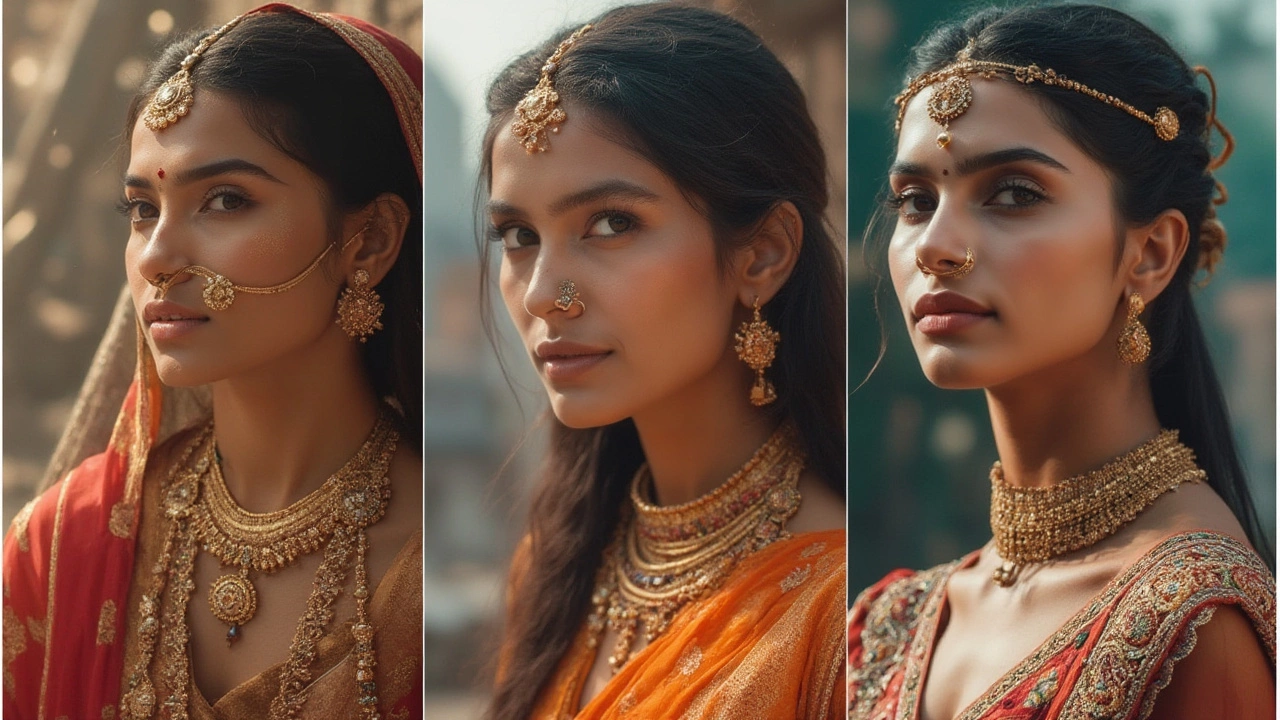
How to Choose and Wear a Nose Pin That Tells Your Story
Stepping into the world of nose pins? Great call. But standing at the jewelry counter, you’ll probably wonder: Stud or hoop? Gold or silver? Gems or plain? Here’s how to pick something that not only looks good but tells your story loud and clear.
Start with the basics—nose shape and skin tone play a huge role. For smaller noses, dainty studs often look best. Got a broad or striking profile? You might love a bold hoop or an ornate nath. If you have cool undertones, try silver or white gold; warm or olive skin absolutely glows with yellow gold.
- nose pin: When choosing, think about your usual style. If you dress classic, start with something simple you can wear every day. Trendsetters might go for statement pieces or multiple piercings (double studs are making waves lately).
- Culture counts, too. If your family or tradition leans toward specific metals or gemstones, honor that—maybe for special occasions like weddings, Diwali, or Eid.
- For the uninitiated, there’s no “commitment for life”—nose pins can be swapped out whenever you like, once your piercing heals.
Caring for your piercing is as important as picking a cool design. Clean with saline, avoid makeup near the site, and don’t twist or tug at your jewelry. If it hurts or looks infected, take it out and see a doctor. Safe is always better than sorry.
Nose pins aren’t limited to studs and hoops. Septum rings, half-hoops, corkscrew pins—the list is as creative as you are. Each style has its personality. Septum rings, for example, go back to ancient Aztec and aboriginal cultures, once used to show strength and adulthood. Today, a septum ring often says, “I make my own rules.”
There’s also etiquette in different settings. In a professional environment, you can pick minimalist designs, like a small diamond or flat silver stud—that way, you keep it personal but not distracting. For a night out or festival, go as big and bold as you want. Mix metals, add color, use chained nose rings that cross cheekbones—nothing’s off-limits if you wear it with confidence.
Buying tips? Always choose high-quality material. Gold (14k or higher), sterling silver, platinum, or surgical-grade titanium all work well and usually avoid allergic reactions. Ask about return policies, especially when ordering online. If you’re getting pierced for the first time, avoid fake or plated jewelry until your piercing’s fully healed.
For those who want symbolism, birthstones or religious symbols (like crescents, peacocks, or even Om designs) add extra meaning. If you’re gifting a nose pin, check the recipient’s tradition and comfort—a nose pin is powerful, but it shouldn’t be pushed onto anyone. It’s personal, after all.
Finally, celebrate your choice. Whether it’s heritage, fashion, rebellion, or all at once, the nose pin you wear is a chapter in your story. Next time someone asks about your sparkle, you’ve got way more than just “because I liked it.” You carry history on your face—one tiny gem at a time.
